
Cuyahoga Valley Historical Museum
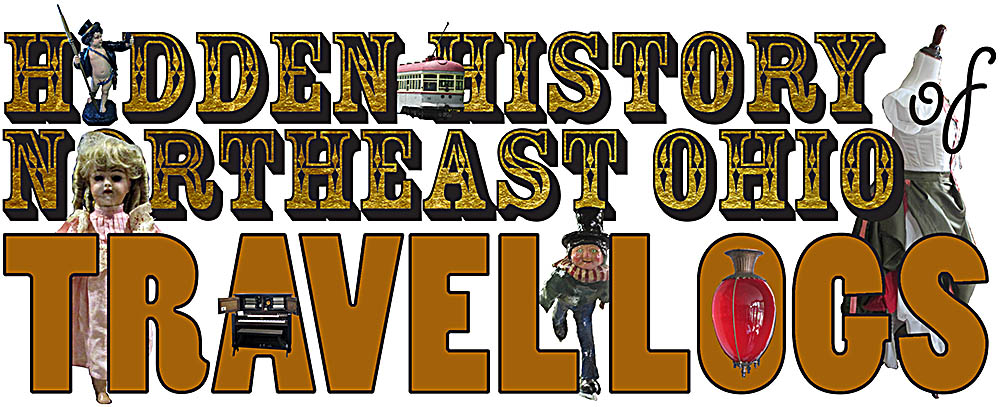
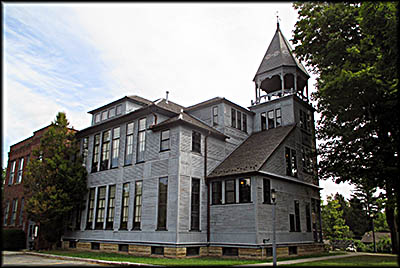
The museum is housed in this beautiful building.
Climb these stairs to reach the museum's room.
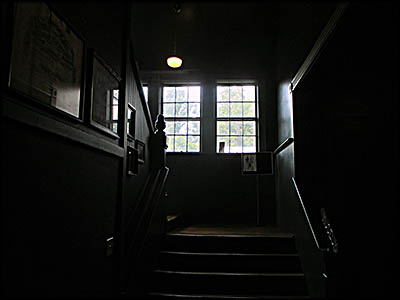
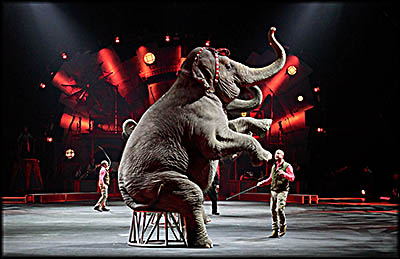
Ringling Bros. and Barnum & Bailey Circus photo from when they still used elephants.
Library of Congress
Library of Congress
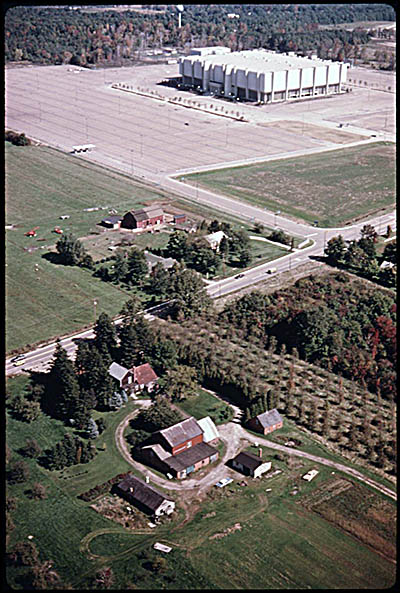
Aerial view of the Richfield Coliseum
Wikimedia Commons
Wikimedia Commons
It was worth stopping at the Cuyahoga Valley Historical Museum just to see the place in which it resides, a building that served as the Peninsula High School until the Trustees of Boston Township purchased it in 1930. The brick portion in this structure was constructed in 1919, the wooden half in 1887. It was designed by architect John Eisenmann from Cleveland, who also designed that city’s Arcade. He served as the Case School of Applied Sciences, first professor of civil engineering and also created the Ohio state flag that has been in use since 1902.
The museum is located in the village of Peninsula, which is in the middle of Cuyahoga Valley National Park. Being in the middle of what is mostly wilderness, the village’s railroad depot once provided the perfect place a certain well-known circus to unload. On July 17, 1956, Ringling Bros. and Barnum & Bailey Circus announced it would no longer perform outdoors and instead do so in arenas and other large indoor venues. In the early 1970s the circus decided to appear at Richfield Coliseum, which was about two miles from Peninsula. Built in the middle of rural, hilly country, it was constructed in 1974 as the home court for the Cleveland Cavaliers and the rink for the short-lived NHL team Cleveland Barons.
The first Ringling Bros.’ train arrived on November 5, 1974. About 3,000 people watched it being unpacked. Large crowds are not conducive to efficient unloading, so from then on the circus never announced when the train would arrive, though it always did so sometime during the morning of its first evening performance. In 1975 it gave everyone in Peninsula free tickets as a gesture of goodwill, something it had never done before. In the 1980s, while still a teenager, I was dragged kicking and screaming to the Coliseum to see a Ringling Bros. performance. I hated it, and in hindsight, it still isn’t my fondest memory. Circuses aren’t my thing.
The first Ringling Bros.’ train arrived on November 5, 1974. About 3,000 people watched it being unpacked. Large crowds are not conducive to efficient unloading, so from then on the circus never announced when the train would arrive, though it always did so sometime during the morning of its first evening performance. In 1975 it gave everyone in Peninsula free tickets as a gesture of goodwill, something it had never done before. In the 1980s, while still a teenager, I was dragged kicking and screaming to the Coliseum to see a Ringling Bros. performance. I hated it, and in hindsight, it still isn’t my fondest memory. Circuses aren’t my thing.
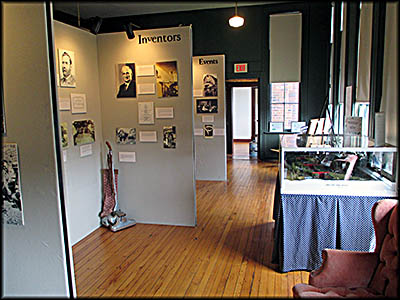
Museum Interior
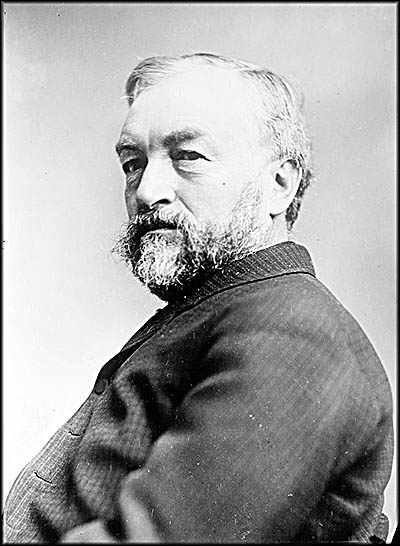
Samuel Pierpont Langley
Library of Congress
Library of Congress
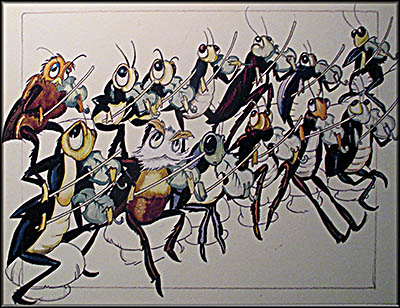
Cleveland artist Walt Scott, who was born in Sandusky, Ohio, painting The Bug Orchestra for the Disney movie Fantasia.
His books include The Fun of Knowing Folks and How to Lose Your Money Prudently: Being the Truth about Trust Companies. He made idleness a virtue, as outlined in his book The Wisdom of Laziness. This was a hodgepodge of little vignettes, sayings and observations. In one he wrote, “Before hiring a man on the strength of his letters of recommendation, it is well to remember that there is many a man to whom one might give a strong testimonial in order to get rid of him.” Despite being primarily a humorist, Kelly became the Wright Brothers’ official biographer.
At this time the Smithsonian Institution had yet to acknowledge the 1903 Wright Flyer as machine that had performed the world’s first manned powered flight, instead giving credit to one built and designed by former Smithsonian secretary Samuel Pierpont Langley. Born on August 22, 1834, in Roxbury, Massachusetts, Langley’s first career was in Boston as an architect and civil engineer. From 1857 to 1864 he worked as a merchant and draftsman in St. Louis and Chicago. Returning to Boston in 1864, he decided to become an astronomer and, along with his brother, John Williams, toured laboratories and observatories in Europe. Returning home in 1866, he got a job at Harvard College Observatory. Later that year he became an assistant professor of mathematics with the mandate to reestablish the U.S. Naval Academy Observatory.
The next year he headed to Western University of Pennsylvania (now the University of Pittsburgh) to teach astronomy and physics and serve as the director of the Allegheny Observatory. Somehow he found time to come up with the system a keep accurate time based on astronomical observations so good they were adopted by the railroads. He left in 1886 when asked to oversee the publications, library, and international exchanges at the Smithsonian. The next year he became its secretary. During his tenure, which ended in 1906, he helped found the Smithsonian Astrophysical Observatory, National Zoo, and Freer Gallery.
At this time the Smithsonian Institution had yet to acknowledge the 1903 Wright Flyer as machine that had performed the world’s first manned powered flight, instead giving credit to one built and designed by former Smithsonian secretary Samuel Pierpont Langley. Born on August 22, 1834, in Roxbury, Massachusetts, Langley’s first career was in Boston as an architect and civil engineer. From 1857 to 1864 he worked as a merchant and draftsman in St. Louis and Chicago. Returning to Boston in 1864, he decided to become an astronomer and, along with his brother, John Williams, toured laboratories and observatories in Europe. Returning home in 1866, he got a job at Harvard College Observatory. Later that year he became an assistant professor of mathematics with the mandate to reestablish the U.S. Naval Academy Observatory.
The next year he headed to Western University of Pennsylvania (now the University of Pittsburgh) to teach astronomy and physics and serve as the director of the Allegheny Observatory. Somehow he found time to come up with the system a keep accurate time based on astronomical observations so good they were adopted by the railroads. He left in 1886 when asked to oversee the publications, library, and international exchanges at the Smithsonian. The next year he became its secretary. During his tenure, which ended in 1906, he helped found the Smithsonian Astrophysical Observatory, National Zoo, and Freer Gallery.
Richfield Coliseum seated just over 20,000. Larry Bird once said it was his favorite venue though he disliked the long drive to get there. In addition to sports events, the Coliseum hosted a number of concerts by major acts such as Frank Sinatra, one of the first musicians to play there. I saw several concerts there myself, including Yes, U2, and Peter Gabriel. In 1994 the Cavaliers departed from the venue and relocated in an arena in Cleveland itself. The Coliseum was torn down in 1999.
Despite having seen so many events here, I had no idea that just two miles away was the excellent Cuyahoga Valley Historical Museum, which I only found while looking for places to visit for my book Hidden History of Northeast Ohio. Upon entering the Boston Township building, you need to climb the flight of stairs to the second floor landing and go through the door on the right. A single room houses exhibits outlining the history of the Peninsula and the township in which it resides. Exhibits are displayed in a series of alcoves made from the same stuff one uses for office cubicles. Each one has its own topic and is filled with photos, art, and other objects accompanied by detailed information signs.
The museum does an excellent job of highlighting interesting people from the area. One is Fred Kelly. Born in Xenia, Ohio, on January 27, 1882, he started writing a humor column for the Cleveland Plain Dealer (which has since dropped “Cleveland” from its name) at the age of fourteen. His column focused on life in Cleveland. In 1910 he relocated to Washington, D.C. where he began writing what might be the first syndicated column in the United States. While on a trip the Cuyahoga Valley in 1913, he saw a farm for sale and bought it. Initially he lived in the property’s slaughterhouse with the idea of renting out the farmhouse, but finding no tenants, he remodeled the latter and moved in. He continued buying farmland, eventually owning over 600 acres that he named Hickory Hills. It was from here he wrote articles and books.
Despite having seen so many events here, I had no idea that just two miles away was the excellent Cuyahoga Valley Historical Museum, which I only found while looking for places to visit for my book Hidden History of Northeast Ohio. Upon entering the Boston Township building, you need to climb the flight of stairs to the second floor landing and go through the door on the right. A single room houses exhibits outlining the history of the Peninsula and the township in which it resides. Exhibits are displayed in a series of alcoves made from the same stuff one uses for office cubicles. Each one has its own topic and is filled with photos, art, and other objects accompanied by detailed information signs.
The museum does an excellent job of highlighting interesting people from the area. One is Fred Kelly. Born in Xenia, Ohio, on January 27, 1882, he started writing a humor column for the Cleveland Plain Dealer (which has since dropped “Cleveland” from its name) at the age of fourteen. His column focused on life in Cleveland. In 1910 he relocated to Washington, D.C. where he began writing what might be the first syndicated column in the United States. While on a trip the Cuyahoga Valley in 1913, he saw a farm for sale and bought it. Initially he lived in the property’s slaughterhouse with the idea of renting out the farmhouse, but finding no tenants, he remodeled the latter and moved in. He continued buying farmland, eventually owning over 600 acres that he named Hickory Hills. It was from here he wrote articles and books.
As secretary, he was able to use the institute’s resources to build flying machines with which he had some success. The model plane known as Aerodrome No. 5 was catapulted off the top of a houseboat on the Potomac River on May 6, 1896. Alexander Graham Bell, inventor of the telephone, was one of the witnesses who watched it fly about half a mile at roughly 100 feet in the air before it glided down onto the river’s surface. It would likely have flown longer and farther had its steam engine not run out of fuel. By this point Langley had been working on flight for five years.
Two years later Langley received a $50,000 grant from the U.S. Board of Ordnance and Fortification to build a full-size Aerodrome capable of carrying a person. Called the Great Aerodrome, Charles Manly served as its pilot. The tests for this craft were kept secret because of their association with the War Department. On October 7, 1903, it was launched from the top of houseboat on the Potomac via catapult but dove straight into the water when the craft’s wings caught on the platform. A second try on December 8, 1903, had the same result except this time the plane was wrecked. In both cases Manly was fine.
The Great Aerodrome was repaired and put on display at the Smithsonian. A patent lawsuit between the Wright Brothers and Glenn Curtiss (another early aviation pioneer) prompted the Smithsonian to recondition the Great Aerodrome, put in a new engine, and take it to Keuka Lake in New York where the revitalized machine still failed to make a sustained flight. Kelly lobbied the Smithsonian to change its mind about who built the first powered airplane that carried a person through the air, and in late 1942, Smithsonian secretary Dr. Charles G. Abbot officially recognized it as such. His institution put the 1903 Wright Flyer on display in 1948.🕜
Two years later Langley received a $50,000 grant from the U.S. Board of Ordnance and Fortification to build a full-size Aerodrome capable of carrying a person. Called the Great Aerodrome, Charles Manly served as its pilot. The tests for this craft were kept secret because of their association with the War Department. On October 7, 1903, it was launched from the top of houseboat on the Potomac via catapult but dove straight into the water when the craft’s wings caught on the platform. A second try on December 8, 1903, had the same result except this time the plane was wrecked. In both cases Manly was fine.
The Great Aerodrome was repaired and put on display at the Smithsonian. A patent lawsuit between the Wright Brothers and Glenn Curtiss (another early aviation pioneer) prompted the Smithsonian to recondition the Great Aerodrome, put in a new engine, and take it to Keuka Lake in New York where the revitalized machine still failed to make a sustained flight. Kelly lobbied the Smithsonian to change its mind about who built the first powered airplane that carried a person through the air, and in late 1942, Smithsonian secretary Dr. Charles G. Abbot officially recognized it as such. His institution put the 1903 Wright Flyer on display in 1948.🕜